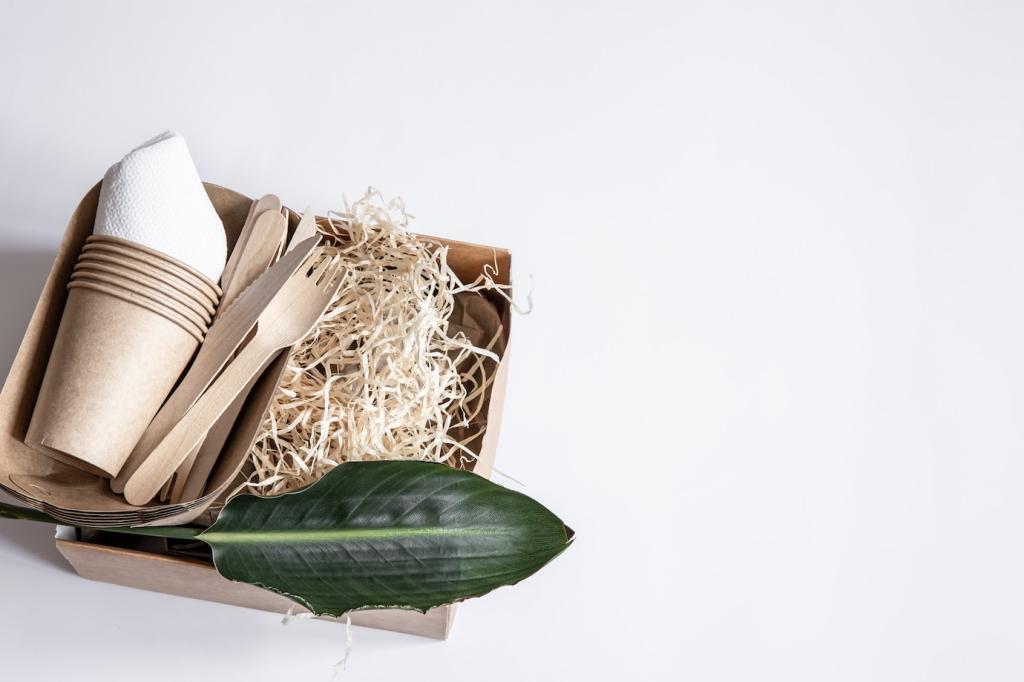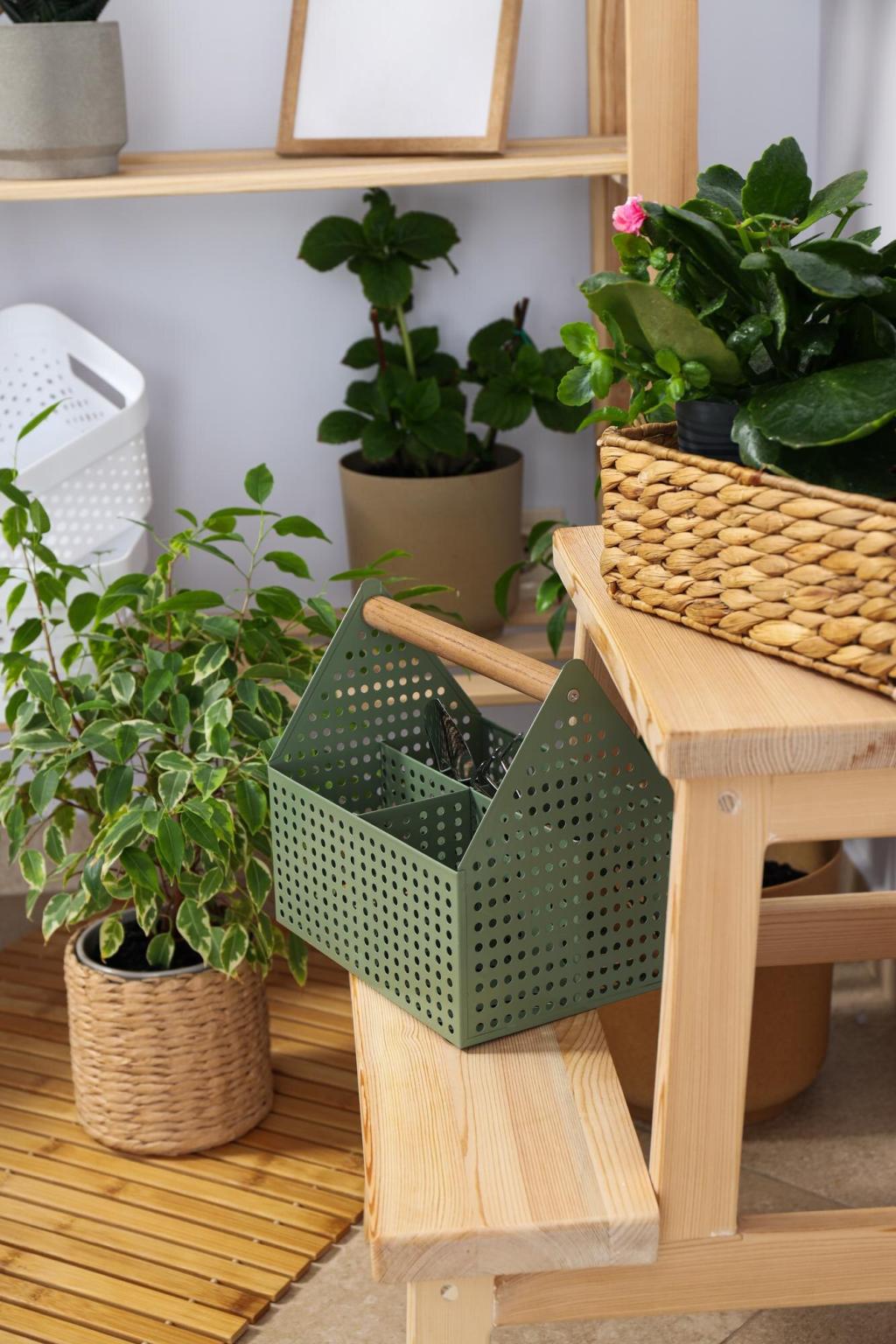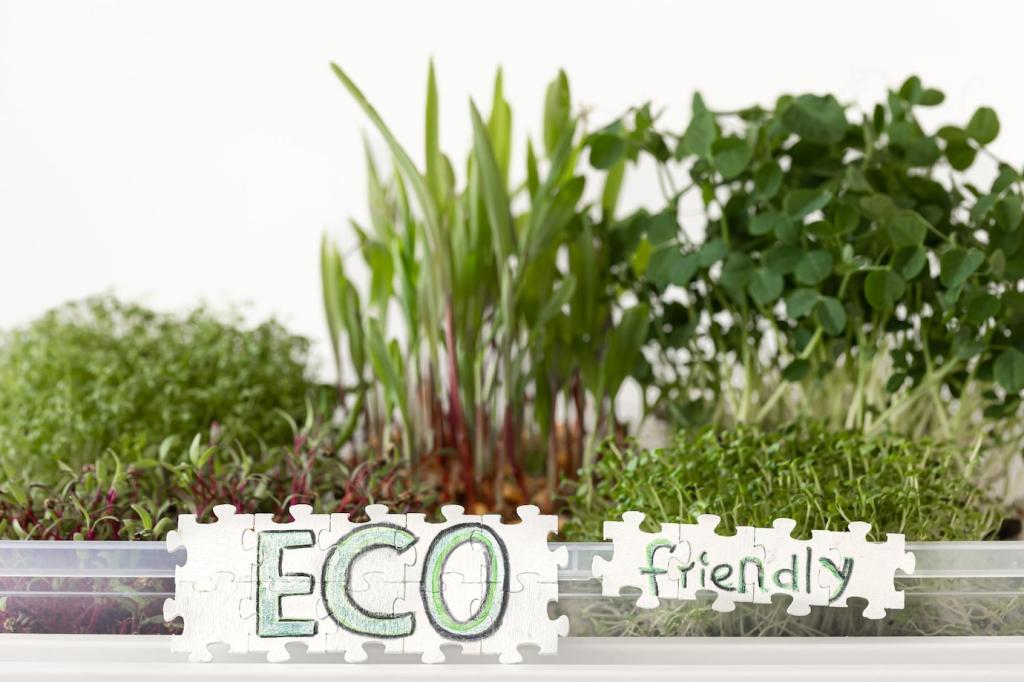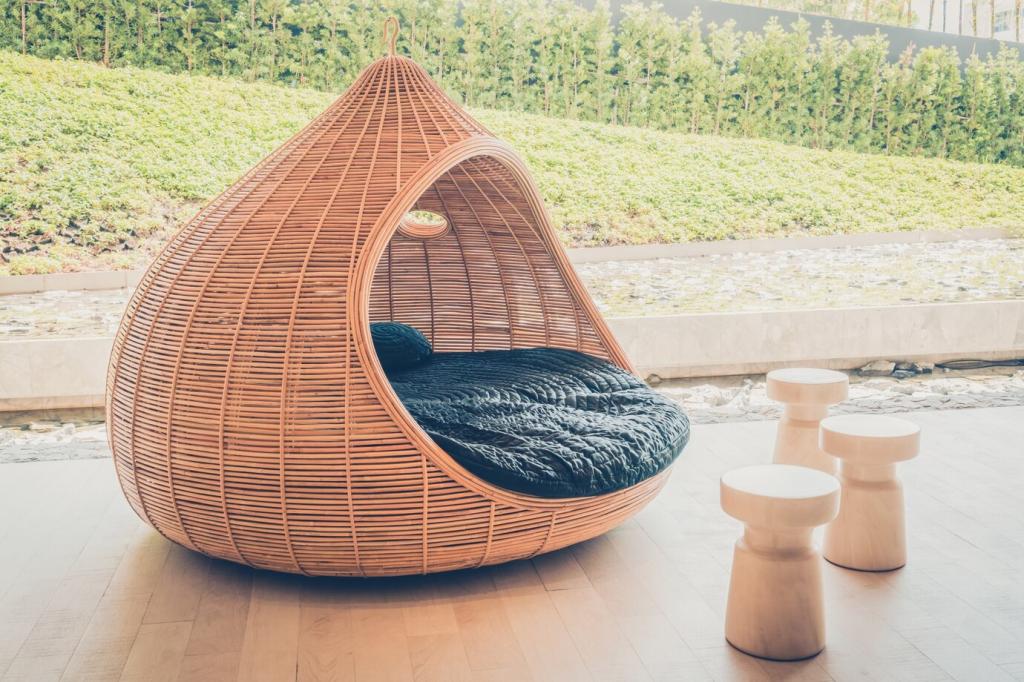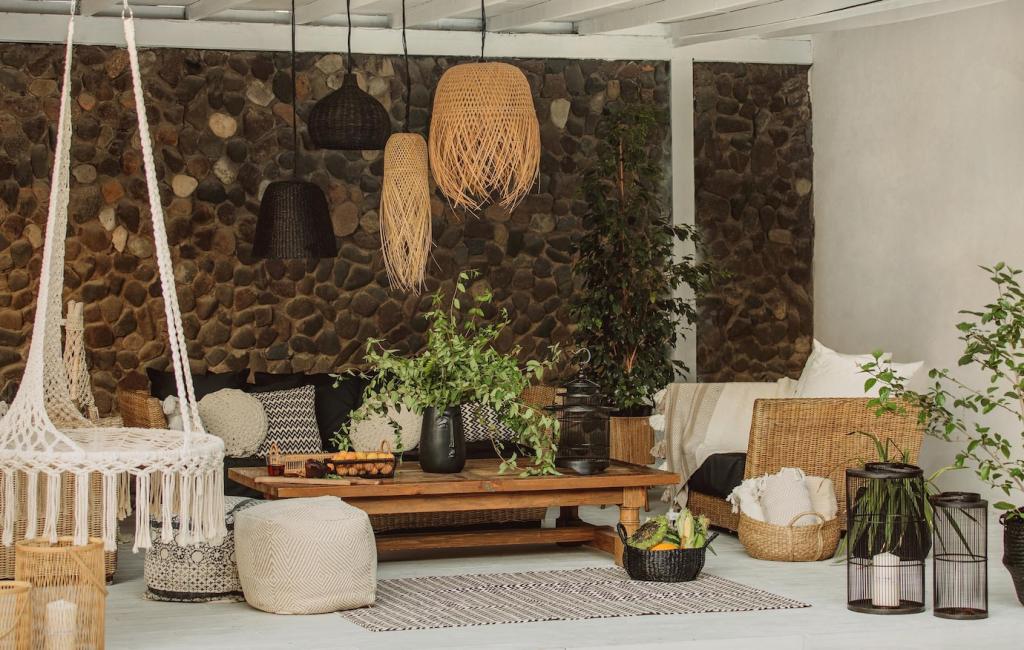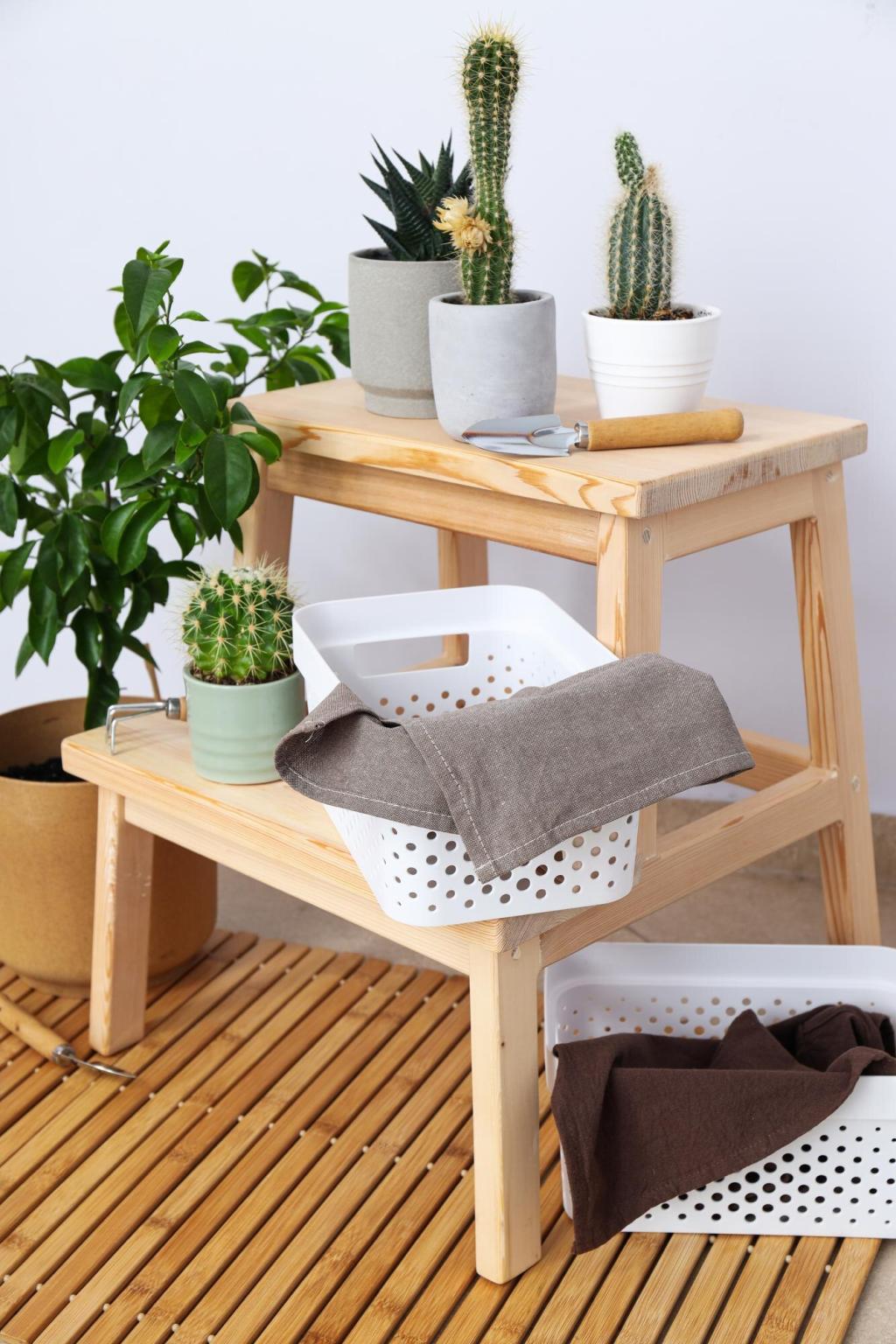Color, Pattern, and Responsible Dyes
GOTS-approved low-impact dyes reduce harmful substances while achieving consistent, modern colors. Natural dyes like indigo or madder add depth and heritage tones. For maximum safety, check for OEKO-TEX certification. Remember, colorfastness depends on fiber, mordant, and finishing—ask suppliers for test results and sample swatches.
Color, Pattern, and Responsible Dyes
Sun can bleach even the kindest dyes. Use interlinings, UV-filtering window films, or strategic layering to protect fabrics. For bright rooms, choose mid-tone linen or hemp blends with tighter weaves, and rotate cushions periodically. Share photos of tricky windows, and we’ll suggest solutions that preserve your palette naturally.

